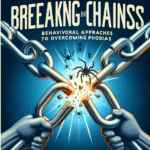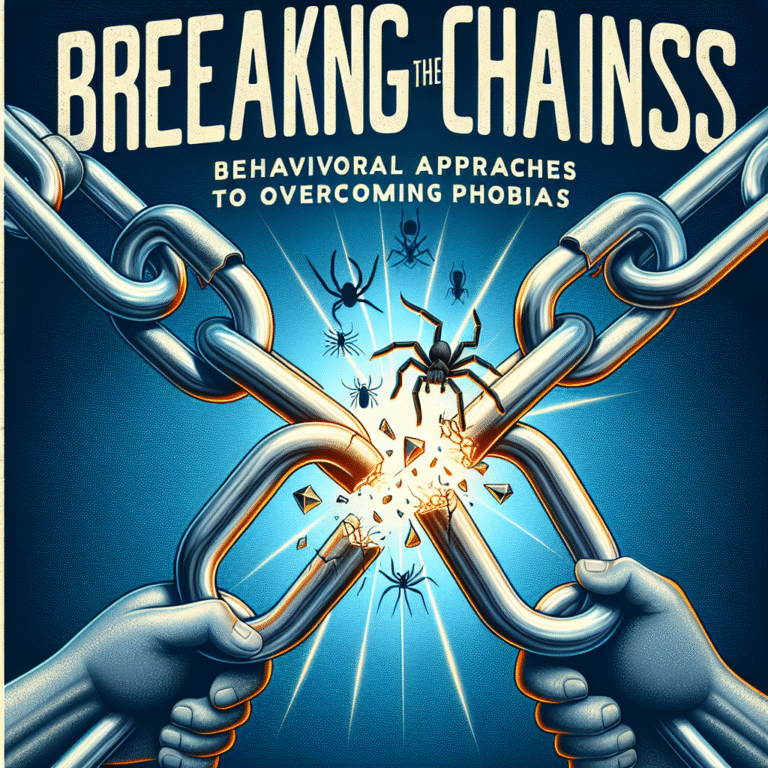
Introduction
In the realm of statistics, few concepts stir as much debate and intrigue as the p-value. For researchers and data enthusiasts alike, Exploring p-Values: What They Mean for Your Hypothesis Testing is not just academic jargon but a vital piece of the puzzle in determining the validity of hypotheses. As we navigate through the multitude of tests, experiments, and data analysis routines, understanding p-values can illuminate paths toward more informed decisions. This article will demystify what p-values mean, their significance in hypothesis testing, and how to use them responsibly to draw actionable insights.
What is a p-Value?
A p-value, or probability value, is a statistic that helps you determine the significance of your results in hypothesis testing. Specifically, it measures the strength of the evidence against the null hypothesis. A lower p-value indicates stronger evidence that you should reject the null hypothesis. But what does this really mean?
-
Null Hypothesis (H0): This is a statement that indicates no effect or no difference. For example, if you’re testing a new drug, the null hypothesis might assert that the drug has no effect on health outcomes.
-
Alternative Hypothesis (H1): This reflects the hypothesis that you are attempting to support, suggesting that there is an effect or a difference.
- Significance Level (α): Often set at 0.05, this threshold determines whether you reject the null hypothesis.
Understanding p-Values in Depth
To dive deeper into Exploring p-Values: What They Mean for Your Hypothesis Testing, let’s break down the nuances:
-
The Role of Significance Levels: When you decide on a significance level, you set the cutoff for what you deem “statistically significant.” If you report a p-value of 0.03, and your α is 0.05, you conclude that the results are significant.
- Interpreting Results: A p-value less than the significance level indicates that the observed data would be very unlikely under the null hypothesis. Conversely, a higher p-value suggests insufficient evidence to reject the null hypothesis.
Practical Implications of p-Values
Understanding p-values is critical, but their practical implications are where the real value lies. Let’s consider two case studies that exemplify how p-values function in real-world settings.
Case Study 1: Clinical Drug Trials
In the pharmaceutical industry, suffice it to say that p-values are crucial for determining the efficacy of new drugs. Consider a clinical trial evaluating a new antidepressant. The null hypothesis states that the new drug has no effect on depression scores, while the alternative posits that it does.
-
Resulting p-Value: A p-value of 0.01 might arise from the trial. This suggests that there’s only a 1% chance of observing the data if the null hypothesis were true, leading researchers to consider rejecting H0.
- Analysis: Given the low p-value, the drug shows strong evidence of effectiveness. However, it’s vital not to confuse statistical significance with clinical significance—just because a drug shows a statistically significant result doesn’t mean it’s a game-changer in terms of treatment efficacy.
Case Study 2: Marketing Campaigns
Let’s explore how a company might employ p-values in analyzing the effectiveness of a new marketing strategy. Suppose an e-commerce company runs two different ad campaigns and measures customer conversion rates.
-
Statistical Setup: The null hypothesis posits that there is no difference in the conversion rates, while the alternative suggests that one campaign is more effective than the other.
-
Resulting p-Value: Imagine they find a p-value of 0.20. This indicates that the difference in conversion rates might be due to chance; thus, they fail to reject the null hypothesis.
- Analysis: In this scenario, the company recognizes that the new ad strategy doesn’t show significant improvement over the existing one, prompting further investigation rather than a hasty decision to overhaul their marketing.
p-Values versus Effect Size
It’s essential to differentiate p-values from effect sizes. While p-values indicate whether an effect exists, effect sizes measure the magnitude of that effect. Including both metrics in your analysis ensures a well-rounded understanding of your data. For instance, a small p-value coupled with a negligible effect size raises a red flag for researchers—how statistically significant is a fluke?
Table 1: p-Value vs. Effect Size
| Metric | Description | Meaning |
|---|---|---|
| p-Value | Probability of obtaining results based on the null hypothesis | Low p-values suggest significant results |
| Effect Size | Quantifies the size of a difference or relationship | Indicates practical significance |
Common Misconceptions about p-Values
With such a critical role in statistical reasoning, misunderstandings around p-values are frequent. Let’s clear the air.
-
Misinterpretation of p-Value: A common mistake is interpreting p-values as the probability that the null hypothesis is true. Instead, the p-value only indicates how compatible your data is with the null hypothesis.
-
The 0.05 Threshold Trap: The arbitrary cut-off of 0.05 can encourage “p-hacking,” or manipulating the data until a significant p-value is achieved. Statisticians advocate for context, especially when discussing significance.
- Overemphasis on p-Values: It’s easy to get caught in the web of p-values, but neglecting other statistical measures can lead to misleading conclusions. Consider confidence intervals or Bayesian approaches for a more nuanced analysis.
The Future of p-Values
As the statistical community evolves, so does the discussion around p-values. Ongoing debates about their misuse and overreliance prompt recommendations for additional frameworks for data interpretation. One prominent solution is the adoption of the Bayesian framework, which presents a more comprehensive interpretation of evidence.
Enhancing Research with Bayesian Statistics
Unlike traditional hypothesis testing, a Bayesian approach allows researchers to incorporate prior knowledge along with new data providing a richer context for decision-making. This method can complement p-values by offering probabilities for the hypotheses themselves.
Example of Bayesian Statistics
Imagine you are testing the likelihood of a cure in a new treatment. A few prior studies may suggest that the cure has a certain likelihood of success. By employing Bayesian methods, you can update these probabilities as new data come in, offering a more comprehensive view of your hypothesis.
Conclusion
In summary, Exploring p-Values: What They Mean for Your Hypothesis Testing is crucial for any data-driven decision-making process. While p-values serve as important indicators of statistical significance, they should never be seen in isolation. By understanding their complexities and limitations, researchers can enhance the integrity of their findings.
As you venture into your own hypothesis testing endeavors, remember to maintain a holistic approach to data analysis. Integrate p-values with effect sizes, context, and possibly even Bayesian methods to arrive at conclusions that are truly compelling and ready for real-world application.
FAQs
1. What is a p-value?
A p-value is a statistical measure that helps scientists determine the significance of their research results in relation to a null hypothesis.
2. How do I interpret a p-value of 0.03?
A p-value of 0.03 suggests that there is a 3% probability that the observed data would occur under the null hypothesis, indicating strong evidence against H0.
3. Can the p-value prove my hypothesis?
No, a p-value simply indicates the strength of evidence against the null hypothesis; it does not confirm the alternative hypothesis.
4. What are common pitfalls in using p-values?
Common pitfalls include misinterpreting p-values as the probability that the null hypothesis is true and solely relying on the 0.05 threshold.
5. Are there alternatives to p-values for hypothesis testing?
Yes, Bayesian statistics and effect size measures are both valuable alternatives that offer a more nuanced understanding of research findings.
By diving deep into the intricacies of p-values, we can enhance our research practices, leading to more robust conclusions and decisions that affect real-world outcomes.















